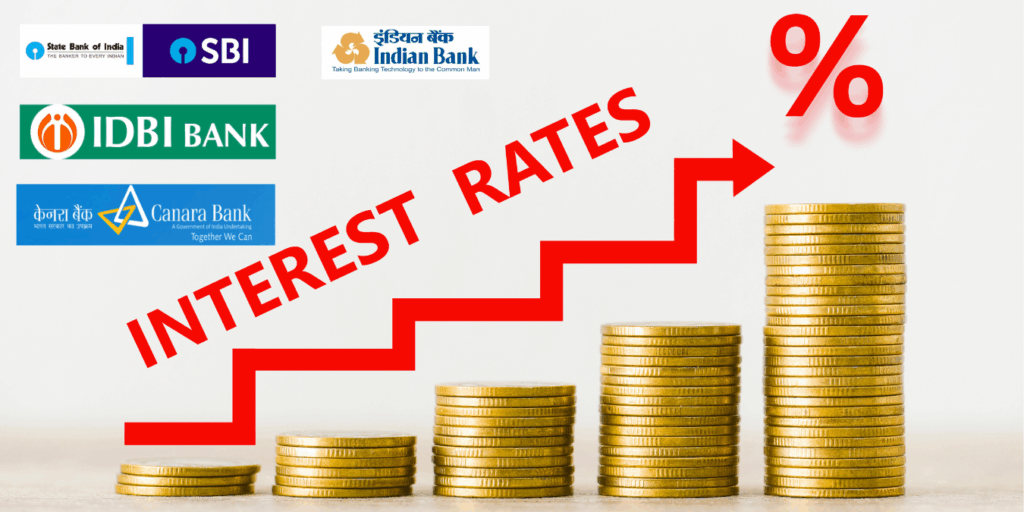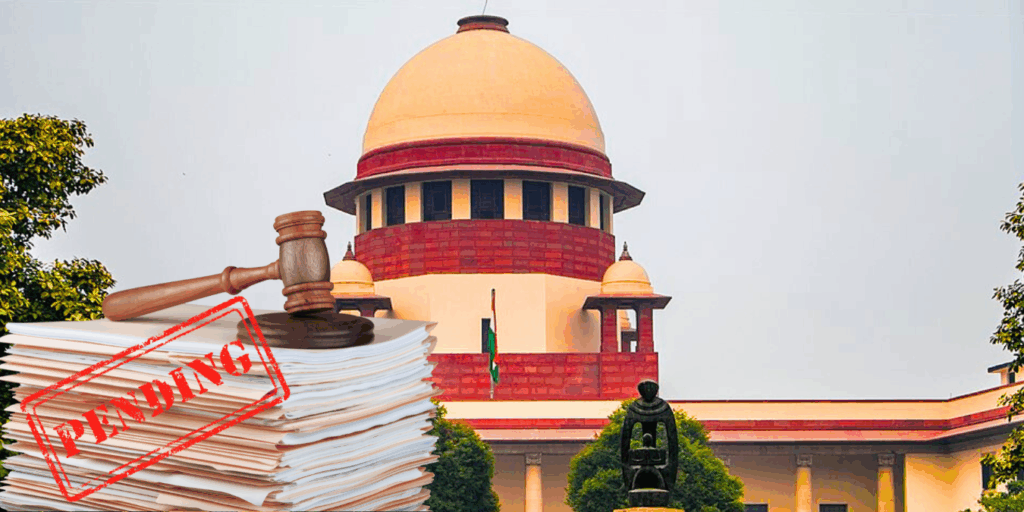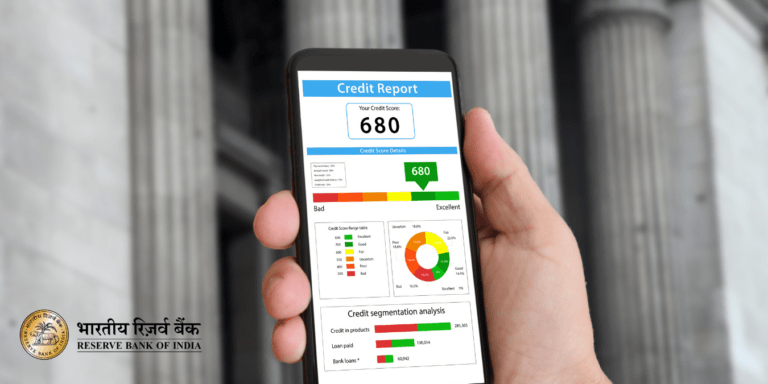
Why Indian banks hesitate to fund US-bound students, exploring visa uncertainties, rising NPAs, and economic challenges. Learn about alternative financing, government schemes, and solutions for Indian students. Get insights into 2025 trends and actionable tips to secure education loans for studying abroad.
The aspiration to study in the United States remains a cherished goal for countless Indian students, driven by the promise of world-class education, cutting-edge research opportunities, and global career prospects. However, as of June 2025, Indian banks and non-banking financial companies (NBFCs) are exhibiting growing reluctance to provide education loans to students pursuing studies in the US. This hesitancy is fueled by a combination of visa uncertainties, rising non-performing assets (NPAs), global economic volatility, and stringent collateral demands. These challenges not only affect students’ ability to finance their dreams but also reshape the study abroad landscape in India. This blog post delves into the root causes of this issue, its impact on Indian students, and actionable solutions, incorporating the latest data and trends to provide a comprehensive analysis.
Reasons for Bank Hesitancy
Indian banks’ caution stems from a confluence of risk factors that make lending to US-bound students a high-stakes proposition. Below, we explore these factors in detail.
Visa Uncertainties and Immigration Crackdowns
Tightening US immigration policies have significantly impacted the education loan market. According to a report by The Economic Times (April 18, 2025), Indian education loan providers are witnessing a slowdown as students reconsider US plans due to stricter immigration policies under the current administration and fears of a tariff-driven economic downturn. Sonal Kapoor, Global Chief Business Officer at Prodigy Finance, cited ICEF Monitor data indicating a 28% drop in Indian student enrollments in the US between March 2024 and 2025, with overall international student enrollments declining by 11%. The uncertainty surrounding F-1 student visas increases the risk for banks, as a rejected visa application can prevent students from traveling, rendering loans non-performing if they cannot secure employment to repay the debt.
Rising Non-Performing Assets (NPAs)
Education loans have emerged as a significant contributor to non-performing assets (NPAs) for Indian banks, particularly public sector ones. Data from 2022, reported by Yahoo Finance, revealed that approximately 8% of education loans issued by public sector banks were NPAs, with Indian Bank reporting a staggering 29% delinquency rate and UCO Bank at 18%. The primary driver of these defaults is the lack of employment opportunities post-graduation, as highlighted by Jyoti Prakash Gadia, Managing Director of Resurgent India, who noted that job creation has not kept pace with the number of graduates. This high NPA rate has prompted banks to tighten eligibility criteria, prioritizing students with strong academic profiles and admissions to top-tier US universities.
Global Economic Volatility
Global economic uncertainties, including fears of a recession and currency fluctuations, further exacerbate banks’ caution. As of June 2025, the Indian rupee trades at approximately ₹83-85 per USD, a notable depreciation compared to a decade ago. This increases the repayment burden for students, as loans taken in rupees must be repaid in a potentially appreciating foreign currency. Additionally, potential tariff-driven economic slowdowns in the US make it harder for students to secure high-paying jobs post-graduation, heightening default risks for lenders. Banks are thus wary of the financial strain this places on borrowers, particularly those from middle-class backgrounds.
Collateral Requirements
The requirement for collateral is a significant barrier for many students seeking education loans. For instance, the State Bank of India’s (SBI) Global Ed-Vantage scheme, as detailed on their official website, offers loans up to ₹1.5 crore for international education but mandates collateral—such as property or fixed deposits—for loans exceeding ₹20 lakhs. This requirement excludes many middle-class families who lack such assets. While private lenders like HDFC Credila and Avanse Financial Services offer collateral-free loans, these often come with higher interest rates or stricter eligibility criteria, further limiting access.
Impact on Indian Students
The hesitancy of banks to provide loans has profound implications for Indian students, affecting their access to funding, choice of study destinations, and overall well-being.
Reduced Access to Funding
The tightening of loan criteria has disproportionately impacted students from middle-class backgrounds, who rely heavily on education loans to fund their US education. Public sector banks like SBI and private players like HDFC Credila, traditionally major lenders in this space, are now more selective, often approving loans only for students with exceptional academic records or admissions to prestigious institutions. This has led to a significant reduction in funding access, forcing many students to either seek alternative financing or abandon their US study plans altogether.
Shift to Alternative Study Destinations
As securing loans for US education becomes more challenging, students are increasingly turning to alternative destinations like Canada, Australia, and the UK. Canada, in particular, has seen a 20% increase in Indian student enrollment in 2024, driven by more lenient visa policies and robust post-study work opportunities, as noted in various educational reports. Australia and the UK also offer competitive programs and lower tuition costs compared to the US, making them attractive alternatives. While this shift reduces the exposure of Indian banks to US-bound loans, it limits opportunities for students who specifically aim to study at top US institutions known for their research and industry connections.
Psychological and Financial Stress
The uncertainty surrounding loan approvals and visa processes is taking a significant toll on students’ mental health. The fear of investing substantial time and money into applications only to face visa rejections or loan denials is discouraging many from pursuing their US study dreams. Families providing collateral or acting as guarantors face considerable financial strain, particularly if students struggle to secure employment post-graduation. This dual burden of psychological and financial stress is a growing concern, as highlighted by educational consultants and student forums on platforms like X.
Latest Data on Indian Students in the US
The number of Indian students in the US has experienced a notable decline. According to the Open Doors Report, Indian student enrolment peaked at 268,923 in 2022-23, a 35% increase from the previous year. However, SEVIS data reported by The Hindu BusinessLine (April 9, 2025) indicates a 28% drop in FY25 (2024-25), with active Indian students numbering approximately 255,000 in March 2025, down from 348,446 in July 2024. This decline is attributed to visa uncertainties and rising tuition costs, with projections suggesting around 300,000 Indian students in the US by the end of 2025, though this may be optimistic given current trends.
Education Loan Schemes for Indian Students Pursuing Foreign Studies
Below is a detailed table summarizing the key education loan schemes for Indian students pursuing foreign studies as of June 2025, incorporating the latest data from available sources. The table includes major public and private banks, non-banking financial companies (NBFCs), and government-backed schemes, with a focus on eligibility, loan amounts, interest rates, repayment terms, and other relevant features to support students studying abroad.
| Loan Scheme | Provider | Eligibility Criteria | Loan Amount | Interest Rate | Repayment Tenure | Collateral Requirements | Moratorium Period | Key Features |
| SBI Global Ed-Vantage Scheme | State Bank of India (SBI) | Indian nationals with secured admission to recognized foreign universities for full-time graduate/post-graduate/diploma/doctorate courses in countries like USA, UK, Canada, etc. | Up to ₹1.5 crore (secured); Up to ₹50 lakh (unsecured for select premier institutes) | 9.65% (women), 10.15% (men) | Up to 15 years | Collateral required for loans above ₹20 lakh (e.g., property, fixed deposits); unsecured for select institutes | Course duration + 6 months | Covers tuition, travel, books, equipment, and other course-related expenses; processing fee of ₹10,000 (refunded on first disbursement) |
| HDFC Credila Education Loan for Foreign Education | HDFC Credila (HDFC Ltd.) | Indian nationals with admission to recognized foreign institutes; good academic records; co-borrower required | No upper limit (secured); up to ₹45 lakh (unsecured) | Floating rate linked to HDFC Credila’s Benchmark Lending Rate (CBLR) + Spread (varies based on risk profile) | Up to 14 years (including moratorium) | Immovable collateral (e.g., house, flat) for secured loans; unsecured options available | Course duration + up to 12 months | Covers 100% of education costs, including tuition, living expenses, and travel; tax benefits under Section 80E |
| ICICI Bank NRI Education Loan | ICICI Bank | Indian nationals with confirmed admission to approved foreign universities; completed 10+2; co-borrower required | Up to ₹3 crore (secured); up to ₹1 crore (unsecured for premier institutes) | Competitive floating rate (varies by profile) | Up to 12 years (undergraduate), 14 years (postgraduate) | Collateral (e.g., fixed deposits, property) for secured loans; no margin for premier institutes, 15% for others | Course duration + up to 12 months | Tailored loans for Canada, UK, Germany; pre-admission sanctions; digital application process |
| Bank of Baroda Scholar Loan | Bank of Baroda | Indian nationals admitted to professional/technical courses abroad via entrance test/merit-based selection | Need-based (no fixed cap); varies by institute | Starting from BRLLR + 1.75%; 0.20% concession for girls at non-premier institutes | Up to 15 years | Collateral for loans above ₹7.5 lakh; no margin for loans up to ₹4 lakh | Course duration + 1 year | No processing/documentation fees; covers MBA, MCA, MS, and job-oriented courses like aviation, shipping |
| Punjab National Bank Udaan Scheme | Punjab National Bank (PNB) | Indian nationals with admission to recognized foreign universities for graduate/post-graduate courses (e.g., MCA, MBA, MS, CPA-USA, CIMA-London) | Up to ₹2 crore (secured) | 9.25% (top 50 universities); 10.00% (women), 10.50% (men) for others | Up to 15 years | Collateral for loans above ₹7.5 lakh | Course duration + 12 months | Covers tuition, exam fees, books, and travel; tax benefits under Section 80E |
| Canara Bank Education Loan | Canara Bank | Indian nationals with admission to recognized foreign institutes for professional/technical courses | Need-based (no fixed cap) | 7%-10% (varies); 0.5% concession for female students | Up to 15 years | Collateral for loans above ₹7.5 lakh; no collateral up to ₹7.5 lakh | Course duration + 1 year | Covers tuition, living expenses, books, and equipment; low-interest options via Vidya Lakshmi Portal |
| Bank of India Star Education Loan | Bank of India | Indian nationals with admission to recognized foreign institutes; completed 10+2 | Need-based (no fixed cap) | Varies (linked to MCLR); 0.5% concession for female students | Up to 15 years | Collateral for loans above ₹7.5 lakh; CGFSEL coverage for loans up to ₹7.5 lakh | Course duration + 1 year | Optional term insurance cover; online application via Vidya Lakshmi Portal; processing fee ₹5,000 (refunded on disbursement) |
| Dr. Ambedkar Central Sector Scheme of Interest Subsidy | Ministry of Social Justice and Empowerment | OBC/EBC students with family income ≤ ₹8 lakh (OBC) or ≤ ₹5 lakh (EBC); admission to Masters/M.Phil/Ph.D. abroad | Up to ₹20 lakh (interest subsidy) | Linked to bank’s rate (subsidy applies) | Varies by bank | Varies by bank; no subsidy if availing other schemes | Moratorium period only (subsidy) | Interest subsidy during moratorium for OBC/EBC students; apply via bank to Ministry |
| Gujarat Loan for Study Abroad | Gujarat Government (KCG) | Gujarat residents with 60% in 10+2; family income ≤ ₹6 lakh; valid student visa; admission to graduate/diploma/MBBS abroad | Up to ₹15 lakh | 4% (subsidized) | Up to 10 years | Collateral may be required; caste certificate for SEBC | Varies by bank | Interest subsidy for SEBC/EBC students; apply via KCG portal |
| NBCFDC Education Loan | National Backward Classes Finance and Development Corporation | Backward class students below poverty line; admission to recognized foreign universities | Up to ₹20 lakh | 4% (3.5% for female students) | Up to 10 years | Varies by bank | Course duration + 1 year | Covers tuition, accommodation, books, and insurance; low interest for disadvantaged groups |
| NSFDC Education Loan | National Scheduled Castes Finance and Development Corporation | SC students pursuing professional/technical courses abroad; family income ≤ ₹6 lakh | Up to ₹20 lakh | 4% (3.5% for female students) | Up to 10 years | Varies by bank | Course duration + 1 year | Covers tuition, travel, and equipment; targeted at SC students |
| Vidya Lakshmi Portal | Ministry of Finance, Education, and IBA | Indian nationals with admission to recognized foreign universities; varies by bank | Up to ₹1.5 crore (varies by bank) | Starts at 8.40% (varies by bank) | Up to 15 years | No collateral up to ₹7.5 lakh; collateral above ₹7.5 lakh | Course duration + 1 year | Single-window platform for 45 banks, 139 schemes; links to National Scholarship Portal |
| Bajaj Finserv Education Loan | Bajaj Finserv | Indian nationals with admission to recognized foreign institutes; co-borrower required; good academic records | Up to ₹25 lakh (secured) | Varies (competitive rates) | Varies (aligned with course duration) | Collateral for loans ≥ ₹25 lakh; CGFSEL for smaller loans | Course duration + moratorium | Fast disbursal (4 days); covers tuition, travel, and living expenses; online application |
Opportunities and Solutions
While the challenges are significant, several strategies and opportunities can help address the hesitancy of banks and support students.
Government Support and Policy Interventions
The Indian government can play a pivotal role in alleviating banks’ concerns. The Credit Guarantee Fund for Education Loans (CGFEL), as discussed on Propelld’s blog, provides guarantees against defaults, encouraging banks to lend more freely. Expanding such schemes could reduce NPA risks. Additionally, bilateral agreements between India and the US to streamline visa processes could boost lender confidence, as visa approvals directly impact students’ ability to repay loans.
Financial Literacy and Career Planning
Educating students and families about loan terms, repayment strategies, and career prospects is critical to reducing default risks. Banks and educational consultants can collaborate to offer workshops on financial planning, visa processes, and US job market trends, including the challenges of securing H-1B visas, which saw a 10% drop in approvals in 2024. Platforms like X provide real-time insights into visa trends and lender sentiments, empowering students to make informed decisions.
Collaboration Between Stakeholders
A collaborative approach involving banks, US universities, and fintechs could create a more resilient education loan ecosystem. For instance, US universities could partner with Indian banks to offer guaranteed loan programs for admitted students, reducing visa-related default risks. Fintechs could share credit risk with banks, making loans more accessible while maintaining financial stability for lenders.
Expert Insights
Industry experts provide critical perspectives on the issue. Akshay Chaturvedi, CEO of Leverage, noted in The Economic Times (April 18, 2025) that lenders are factoring in “perceived immigration risks and ROI uncertainty,” leading to a spike in queries about transfer options and backup plans. Sonal Kapoor from Prodigy Finance emphasized the 28% enrollment drop, underscoring the impact of visa challenges. These insights highlight the need for innovative financing models and policy interventions to restore confidence in the education loan market.
Final Thought
The reluctance of Indian banks to fund US-bound students reflects a complex interplay of visa uncertainties, high NPAs, economic volatility, and collateral demands. While this poses significant challenges for students, it also opens the door to innovative solutions, including fintech lending, government-backed guarantees, and enhanced financial literacy. By staying informed about visa trends, exploring alternative destinations, and leveraging new financing models, students can navigate these challenges effectively. Collaborative efforts among banks, universities, and governments will be crucial to ensuring that the dream of studying in the US remains within reach for Indian students.














































